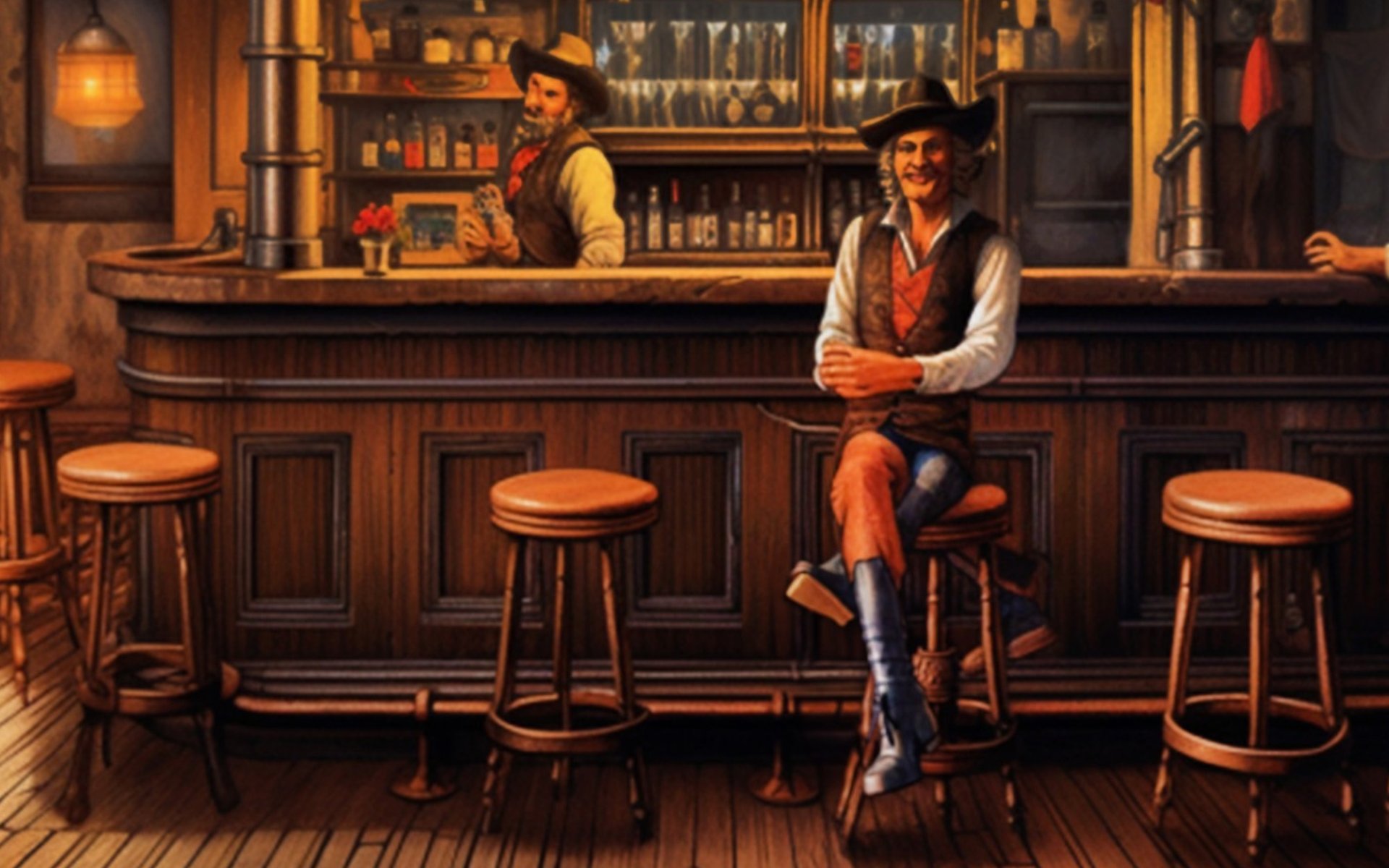Bourbon

In the history of the United States, the production of pleasure-inducing beverages like Bourbon is deeply intertwined with various facets of American life, including politics, economics, society, and culture. It is truly considered an American native spirit.
European Influence and New World Beginnings
The history of alcohol fermentation in America dates back over 2,000 years to ancient civilizations, where indigenous peoples traditionally used ingredients like the Mexican grass called Teosinte and various fruits to ferment alcoholic beverages.
However, it wasn't until the early 17th century that alcohol production in America developed further, as European settlers began to arrive. They brought with them new methods of alcohol fermentation, particularly whiskey, which served as the precursor to Bourbon production.
The Unique Formula Discovered in Kentucky
Bourbon production in America began in Bourbon County, Kentucky, established by Scottish and Irish settlers. Originally, they primarily produced whiskey using rye and barley. However, these grains were scarce in America at the time, so they turned to corn, which was a staple crop in the U.S. This shift led to the creation of the alcoholic beverage known as Bourbon.
This new style of Bourbon production requires at least 51% corn in its mash bill, with the remaining percentage typically being rye or barley to enhance its desired richness. Furthermore, to be officially labeled as Bourbon, every bottle must undergo at least two distillations and be aged in new, charred American white oak barrels for a minimum of two years. This aging process is one key difference between Bourbon and other whiskies, as general whiskies often require at least three years of aging in oak barrels that don't necessarily have to be charred.
In whiskey production, it's well known among producers that water quality significantly influences the final taste. This is why whiskies from different regions taste distinct. For instance, water near coastal areas often has a salty taste. In contrast, the water in Kentucky flows through limestone mineral formations, making it rich in minerals and giving it a uniquely sweet and smooth character, ideal for Bourbon production. This contributes to the relatively superior taste and quality of Bourbon produced there compared to other regions.
Naming and the Whiskey Rebellion
Bourbon was named after Bourbon County, which itself was named in honor of the French royal House of Bourbon. During the American Revolutionary War against Britain, the French monarchy provided crucial assistance to the Americans. To show gratitude, the county was named in their honor. In French, this name is pronounced Bour-bon.
By the late 17th century, Bourbon gained increasing popularity in nearby areas, leading other regions to begin producing their own versions. This period also coincided with the aftermath of the American Revolution, when President George Washington sought to revitalize the nation's depleted economy after its victory over the British.
He decided to impose a whiskey tax to generate revenue for the government. This included Bourbon and other whiskies, which saw their prices increase significantly. Naturally, the living conditions of the populace were already difficult after the war, leading to a decline in alcohol sales. This, in turn, affected corn and barley farmers, exacerbating post-war hardships.
The consequence was that hundreds of distillers rebelled against the new tax, demonstrating that spirits were more than just beverages; they were integral to the livelihoods of the people. This insurrection became a significant event in American history, famously dubbed The Whiskey Rebellion of 1794.
Recovery and the Rise of Bourbon
In the 19th century, after the rebellion subsided, Bourbon production faced another significant challenge: the Prohibition Era in the United States, which outlawed the sale and consumption of alcoholic beverages. This severely impacted the Bourbon and other spirits industries, forcing many distilleries to close down.
However, after the repeal of Prohibition, the Bourbon industry slowly recovered. A pivotal moment came after World War II, when European soldiers who had fought in the war brought Bourbon back to Europe. This marked the beginning of Europeans' acquaintance with Bourbon, leading to its further development and diversification.
By the late 20th century, Bourbon's popularity soared, with alcohol enthusiasts worldwide eager to taste its refined nuances. What began as a frontier whiskey evolved into a symbol of American craftsmanship and culture.
Bourbon Categories
Bourbon can be categorized into three main types based on their grain bill (the mixture of grains used in fermentation)
Traditional Recipe
Traditional Bourbon uses at least 51% corn, combined with relatively equal proportions of rye and wheat. This classic approach typically results in a distinctly sweet and spicy flavor profile.
High-Wheat Recipe
High-wheat Bourbons contain at least 51% corn, with wheat making up more than 18% of the grain bill. The higher wheat content generally yields a softer, smoother, and subtly sweet taste with less spiciness.
High-Rye Recipe
High-rye Bourbons also use at least 51% corn but feature more than 18% rye. This higher rye content typically results in a less sweet profile, characterized by distinct spicy notes on the palate.


